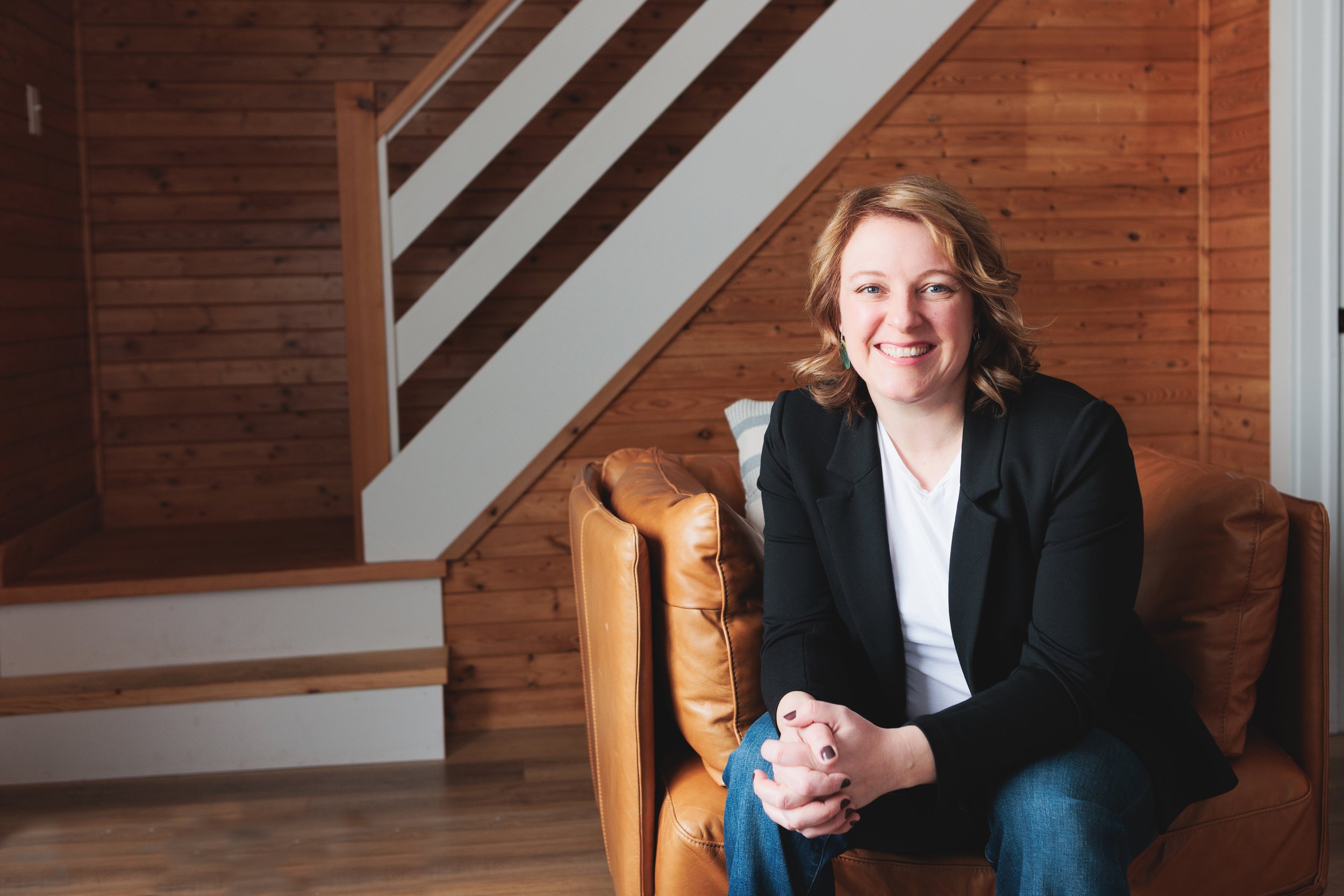How to Write Irresistible Sales Pages for Every Buyer Type
“Nobody reads blogs, sales pages, or other lengthy articles anymore.”
It’s true, the attention span of humans is getting shorter and shorter. Twenty years ago it was two and a half minutes and today it’s 45 seconds. The overall word count of content is also decreasing.
But the rise of Substack and lengthy video essays on YouTube shows that people DO engage with long-form content, especially if it aligns with their passions.
Long-form content is gaining enough attention that TikTok is even testing 15-minute video uploads.
The key to writing long-form content is knowing how to keep the reader engaged throughout the copy. And having an experienced copywriter in your back pocket can be the bridge to communicating a strong message with your audience.
Not only does good copywriting help communicate your message in an impactful way, but it also effectively speaks to different buyer types.
In a long-form sales page (you know, the kind where you keep scrolling and scrolling), you may find yourself stopping to read certain sections and skipping others. But why?
Most likely, it’s because *those* sections are written to a specific buyer type. There are four of them, and if your sales page is written well, it will speak to all four and turn each one into a bonafide sale.
Understanding the Four Buyer Types Within Your Ideal Audience
A sales page that converts a browser into a buyer is one that speaks directly to you. It’s kind of like a niche inside of a niche.
Maybe you’re a business coach who works with female founders. But within your audience of female founders are incredibly intelligent women with four distinct buying styles.
The Assertive Buyer
The Amiable Buyer
The Expressive Buyer
The Analytic Buyer
Now it’s important to note that buyer types *differ* from your ideal audience. Your sales page speaks to one ideal audience, but each person within that audience has a specific buyer type.
Knowing your audience and adjusting your message to resonate with each buyer type allows you to address objections and get them closer to hitting that “Sign Me Up” button.
To do this, we must first understand each buyer type and how to speak to each one on your sales pages.
The Four Buyer Types You Need to Speak to Within Your Sales Pages
Understanding how to tailor your message and weave in key parts of each buyer type can help you connect better with your ideal audience. Here’s a deeper dive into each buyer type.
The Assertive Buyer
This buyer is goal-oriented, decisive, and competitive. They care more about results than personal relationships.
They’re the ones that skip the top part of sales pages and immediately scroll to the program introduction. They want to know the details of your program and how it will help them. They want to cut to the chase.
The Amiable Buyer
This is someone who values personal relationships. They want to build trust with you.
They don’t do a ton of research like Assertive Buyers, and they’re not ones to make decisions quickly. Instead, it's all about rapport building. They’re the ones that’ll connect with the top section of sales pages, where you show them what problem you're solving and the opportunity you're presenting. They’re also the ones who’ll read your testimonials and look to see themselves inside your story or the stories of others.
The Expressive Buyer
This buyer is similar to the Amiable Buyers in the way they value human relationships.
They often make decisions based on emotions and strongly rely on intuition. The Expressive Buyer is more interested in how you’re going to help them and support them on their journey. Facts and figures aren’t as important to expressive buyers as your story or the case studies of others.
The Analytic Buyer
This person wants to cut straight to the facts – they want the brass tacks.
They’re well-researched but slow to make a decision. They’ll be quick to move past the top section of sales pages and dive into the features of your program. They may also be interested in the FAQ section of your sales page. Analytic buyers are more cautious and may review the details on your sales page longer than other buyer types.
Now, you may read one of these descriptions and quickly identify with one type more than another (analytical buyer right here 🙋🏼♀️). And some people resonate with a combination of buyer styles.
But once you’re familiar with these core buyer types, you can customize your messaging inside your sales page to speak to each one within your ideal audience.
How to Structure Your Sales Pages to Include Each Buyer Type
It's important not to confuse this with one of the golden rules of marketing, “When you try to talk to everyone, you’re talking to no one.”
You’re still speaking to your one ideal customer. But when you write a sales page, it needs to speak to each buyer type inside your audience. This is one reason sales pages repeat the same information throughout the copy, but write it in a slightly different way.
Plus, sales pages are structured using specific frameworks so they flow from one section to another, taking your reader on a journey of transformation.
The top section of a well-crafted sales page speaks to the Amiable and Expressive Buyer. Here, connection and trust-building are the goals. This section quickly identifies who your program is for, meets them where they’re at, and empathizes with what they’re going through.
The middle of a sales page introduces your program, lists the benefits, and describes the features. This is often the part that Assertive and Analytical Buyers scroll to first. They want to know the benefits, features, and cost.
The bottom third of your sales page brings together your message and different buyer types. This is done through testimonials, FAQs, comparisons, and a heartfelt close.
Another feature of a well-crafted sales page is engaging your reader throughout the page with specific sections that speak intimately to your buyer. The best way to do this is to use language and descriptions found in voice of customer research completed from past participants.
Every line of a thoughtfully constructed sales page engages your reader and speaks intimately to all four buyer types. As a conversion copywriter, I dig deep into ideal audiences and buyer types to understand their pain points so every sales page I write speaks directly to their desires.
Take the Guesswork Out of Writing Your Sales Pages
Writing irresistible sales pages isn't just about stringing words together; it's about understanding your audience on a deeper level and speaking directly to their needs and desires.
It's more important than ever to keep your readers engaged throughout your copy and go beyond explaining only the features of your program.
Targeting the assertive, amiable, expressive, or analytic buyer while personalizing your message to address your audience's likes and dislikes is what I do as a conversion copywriter.
I blend the art of the written word and the science of psychology to speak to your audience in a way that AI can’t. I write sales pages using a human approach – in a non-icky way.
If you want to learn more about working with me, book a FREE discovery call here. We'll chat about your course or membership program and see if you can benefit from customized sales pages or launch strategy.
In the meantime…
Happy Writing 😊
Jillian
Resources:
1. How to Structure a Long-Form Landing Page for Maximum Conversions



